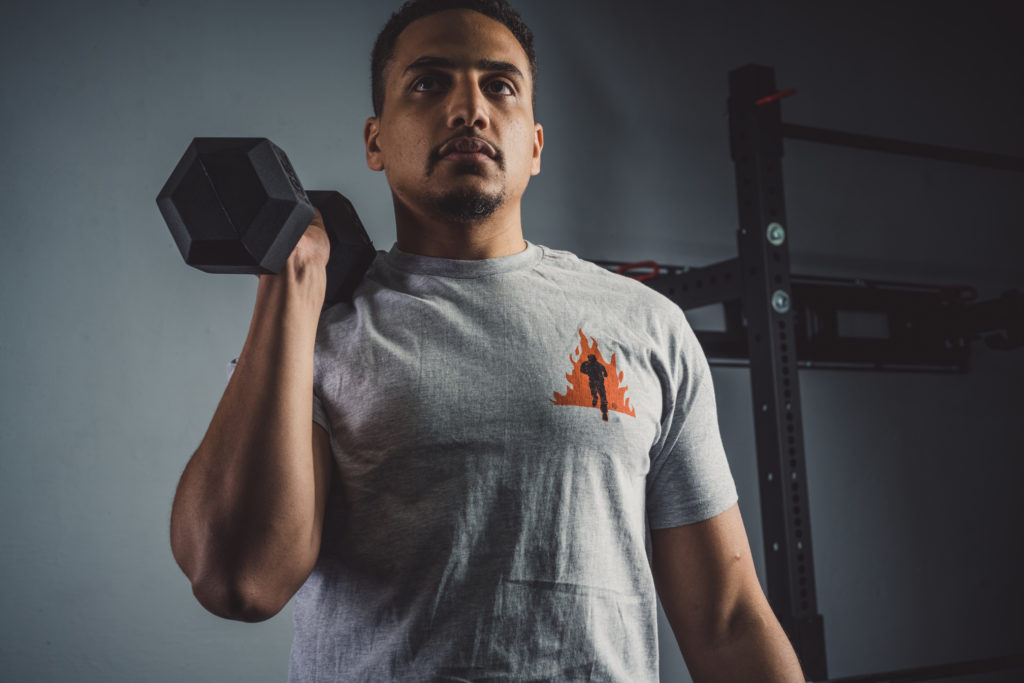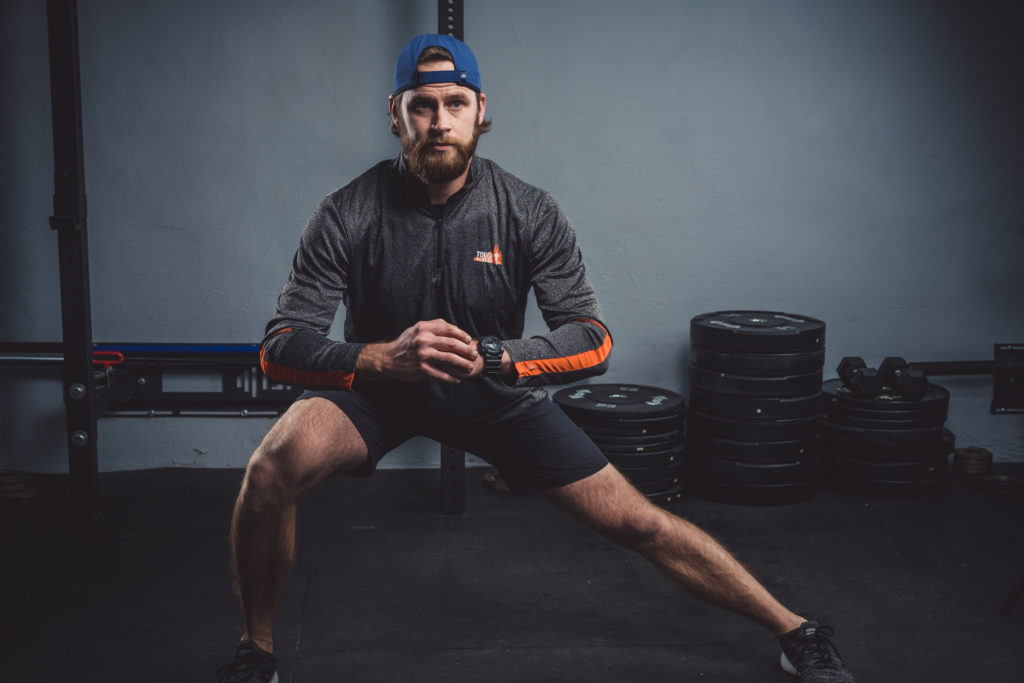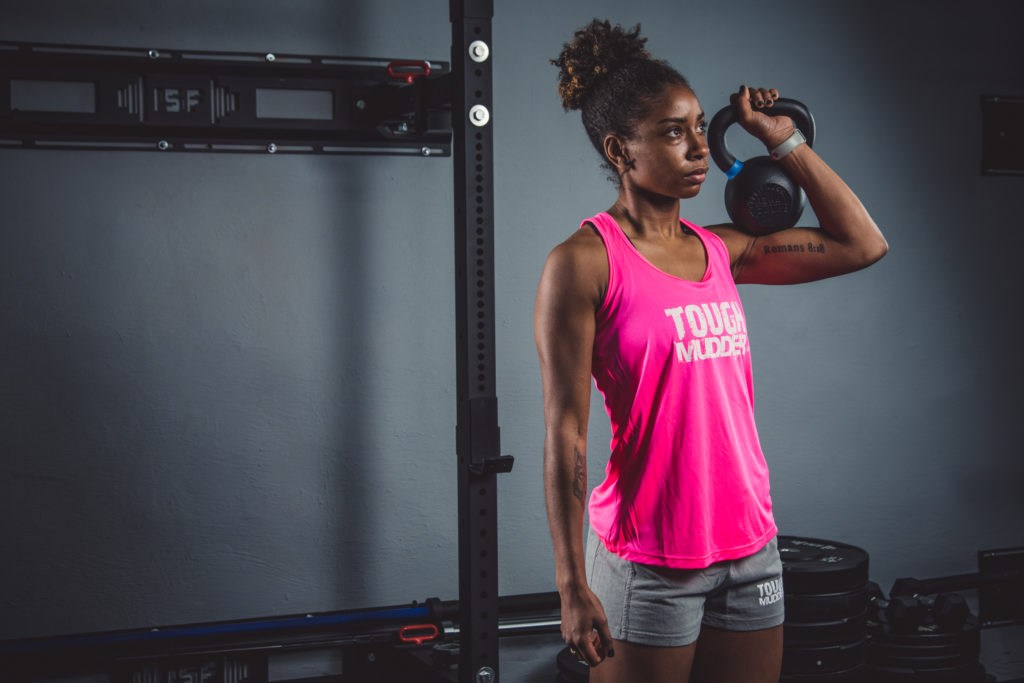Training is conditioning your body to adapt to intense weightlifting, running and a lot of other exercises. For your body to adapt properly, it will require you to create balance. This balance would exist in the way you execute a rep. In other words, perfect form creates the perfect body structure in people.
Whether you’re doing bodyweight exercises or weight training, the importance of good form cannot be overstated. And with good reason. The most cited reason for focusing on technique is injury prevention, but did you know that good form also builds muscle more effectively?
Let’s start with the basics:
What is Good Form?

Before we start our deep dive into why good form matters for building muscle, we should consider what “good form” means.
Reducing the chance of injuring yourself relies on having control over the movement. You should be able to always keep your joints in proper alignment during an exercise. When you lose control of a joint, you significantly increase the risk of injury. Maintaining good body mechanics allows our muscles to work optimally.
Standing Strong: Why ‘Feet Position’ is Important

You probably think about your feet only when you’re buying new shoes, getting a Pedi or dealing with a blister. But fitness experts say you should be thinking about your feet every time you exercise.
Here’s why: your foot position impacts your overall stability, the amount of weight you can lift, and your risk of injury.
Where and how your feet are positioned during an exercise greatly affects how stable you are during that exercise. No matter what exercise you’re doing, the goal is ALWAYS to be as stable as possible.
It’s called the ‘Athletic Stance.’ This fundamental position is the starting point for a large amount of the movement’s athletes do, both in the weight room, on the field, or out on course at a Tough Mudder event.
Grip Strength

When you think about your body’s overall strength, it’s easy to overlook certain skills that come into play, like grip strength. If you are assuming that grip strength is literally how hard you can hold onto something, you’re correct. It sounds simple but having that capability comes into play in almost every workout and in everyday movements. Your hands and forearms are the gatekeepers to functional fitness, and are the parts of your body that oversee how well you grip. Without proper grip strength, a slew of muscle imbalances and injuries could happen as a result. If your grip and forearm muscles are not conditioned with mobility, strength, and endurance, then the result winds up being the frustrating chronic repetitive motion injuries that plague both office workers and athletes alike. A stronger grip will boost your overall strength performance and it will increase your muscular gains.
As you train, your grip must include three elements: strength, mobility, and endurance.
If muscle growth is your main objective, then be sure that a good deal of your workouts is done using reps in the sweet spot for muscle growth—8-12 reps. You don’t want to ALWAYS train in the 8-12 rep range. Sticking with a rep range for too long will only lead to stagnation and limit your results. That is why you also need to train with heavy weights and lighter reps (fewer than 8 reps per set and as few as 2 per set) and very light weights for higher reps (more than 12 reps and even as high as 30 reps on some sets). This helps you to keep progressing and keep muscles growing. Plus, using a wider range of reps provides your muscles and your overall body more benefits, like greater strength and greater endurance.
If you want more accountability and guidance for training tips like this, visit our Tough Mudder Training page to learn more.
